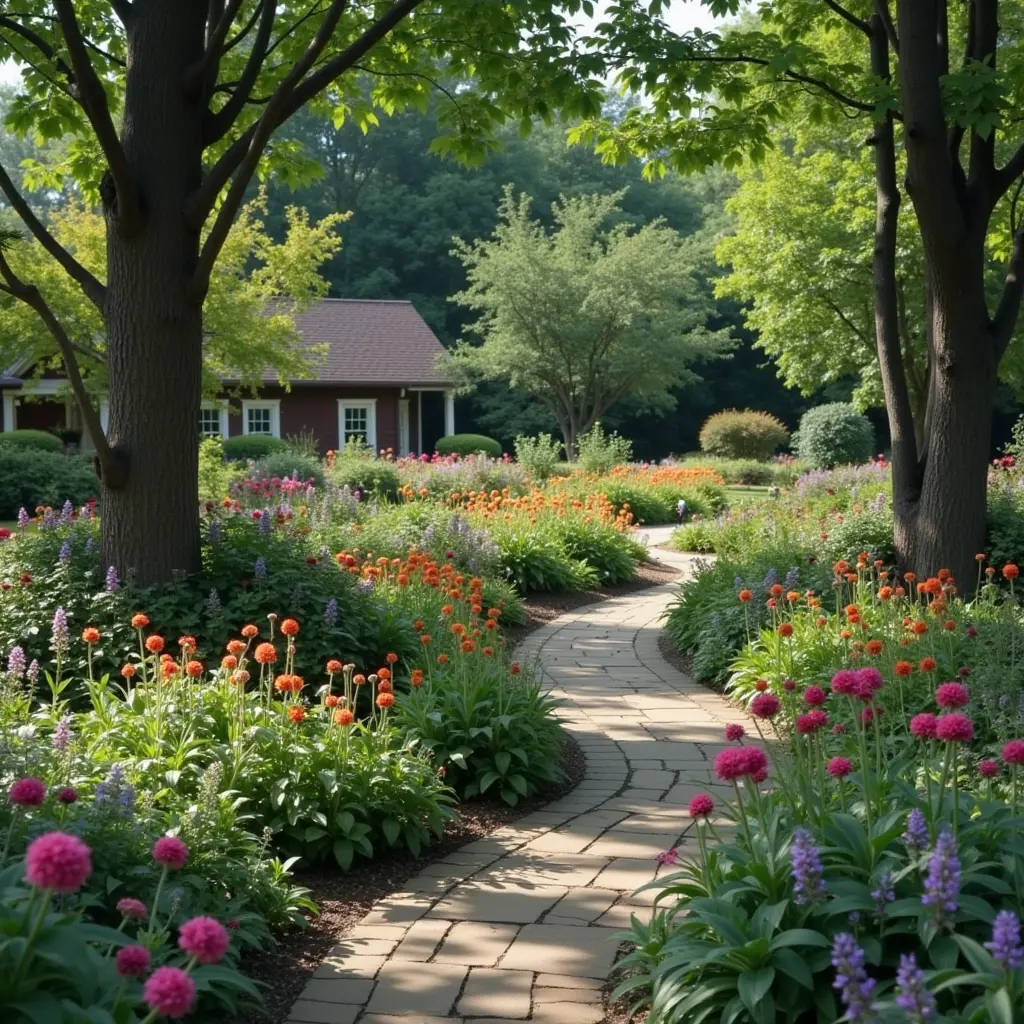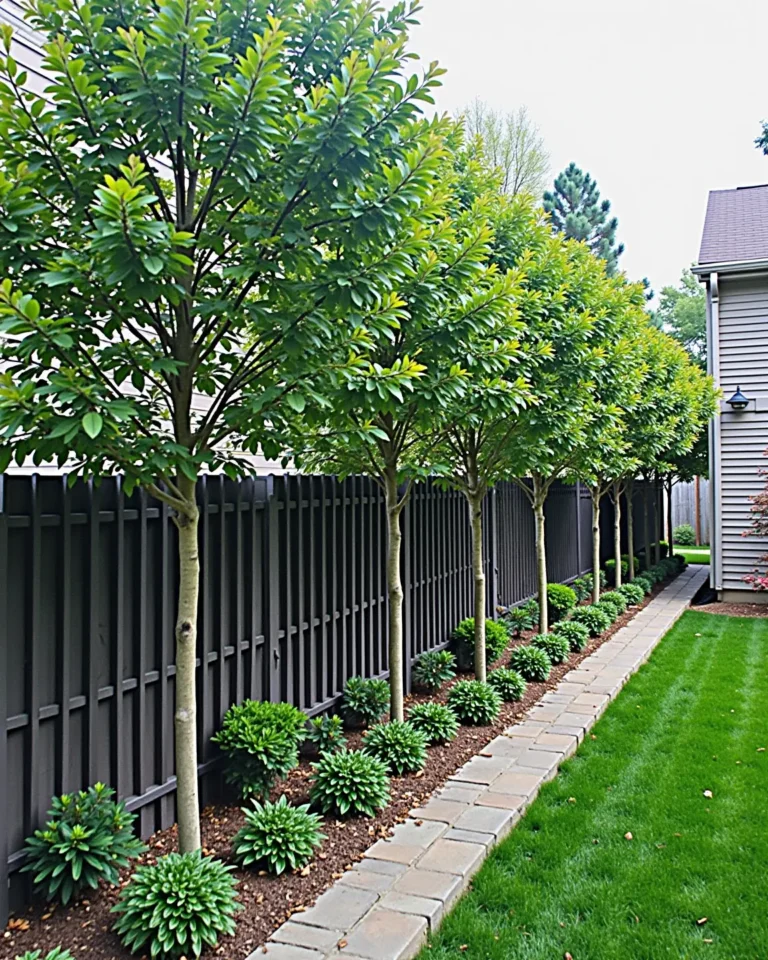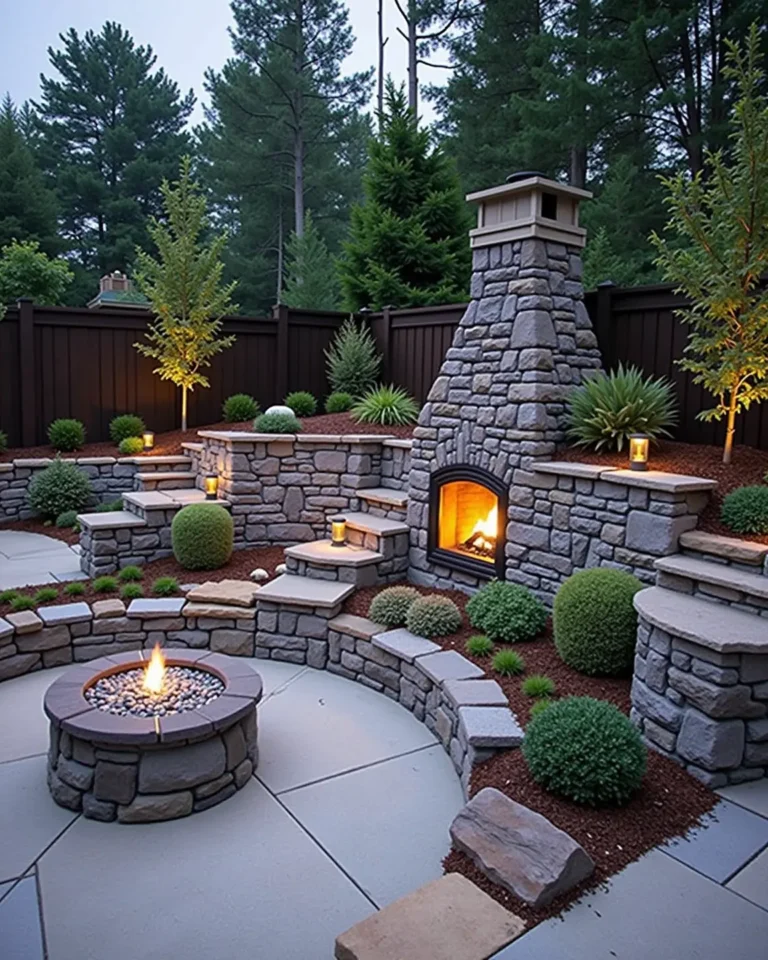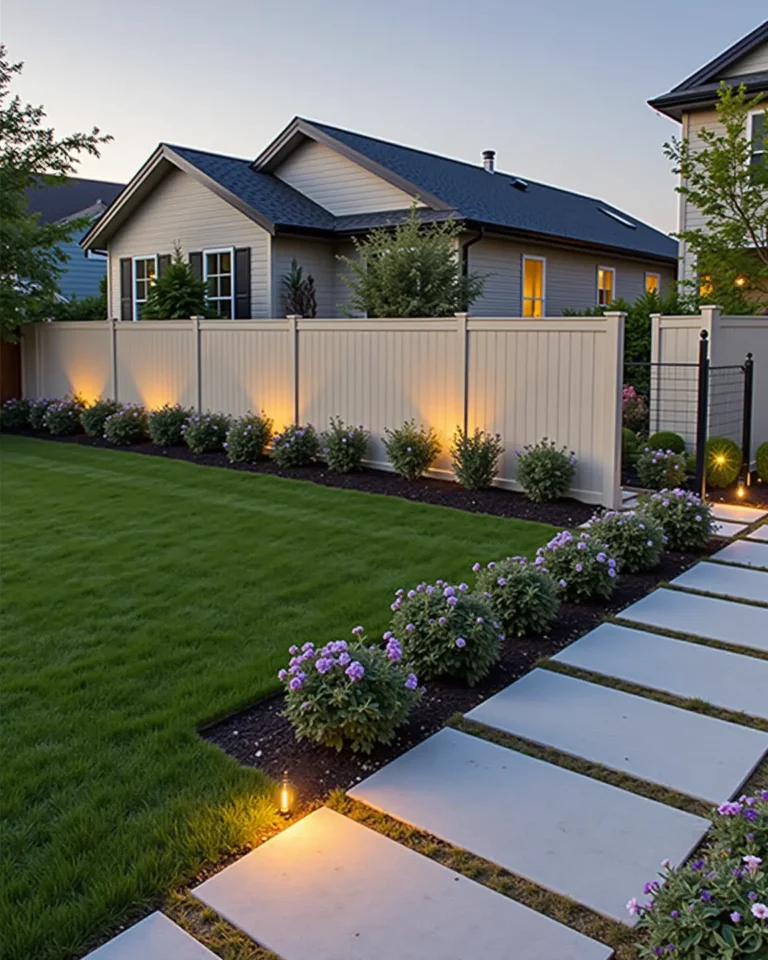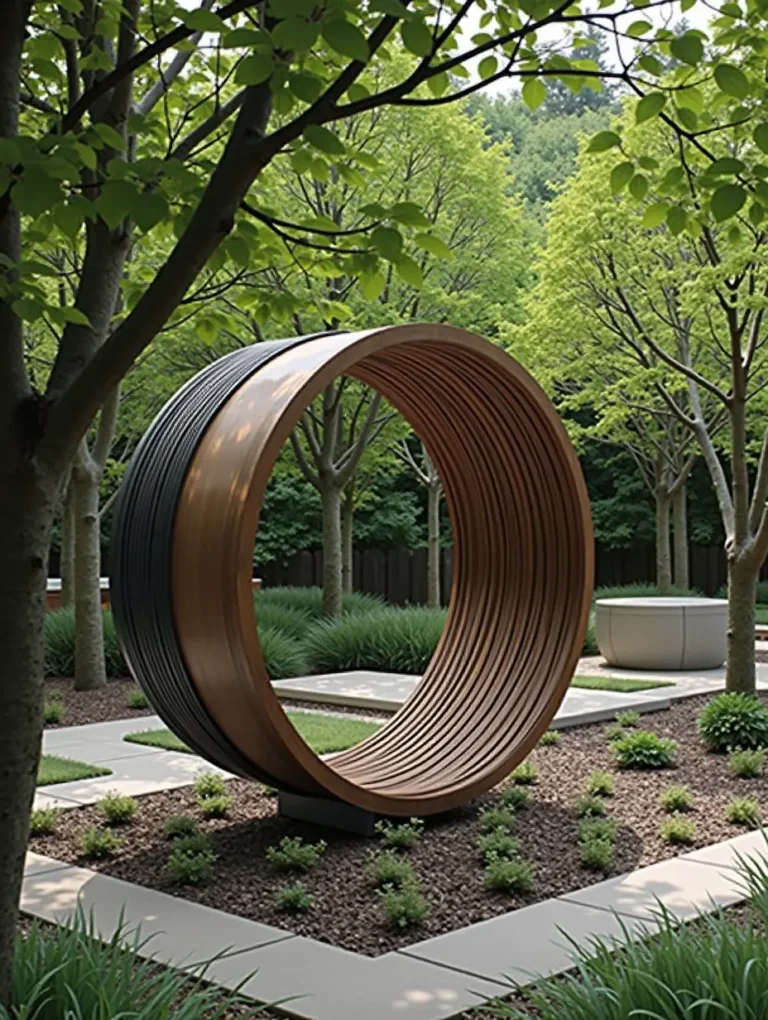Transform Your Space with Classic Perennial Gardens
Transform Your Space with Classic Perennial Gardens
Imagine stepping out into your garden and being greeted by a riot of vibrant colors, gentle fragrances, and the soothing hum of nature. What if you could create this serene scene that not only enhances the beauty of your home but also provides a sanctuary for yourself and local wildlife? Welcome to the world of classic perennial gardens—where elegance meets sustainability, and where nature endows us with its timeless bounty. In this guide, we’ll explore how you can transform your space with perennial plants that will bring joy for years to come.
Understanding Perennial Gardens
Perennial gardens are like the trusted friends of the gardening world. Unlike annuals that bloom for a single season, perennials return year after year, making them an eco-friendly and low-maintenance choice for any gardener. With their diverse array of foliage, colors, and textures, they can fit into any design aesthetic, from whimsical cottage gardens to sleek modern landscapes.
The Benefits of Classic Perennial Gardens
Easy Maintenance
One of the standout benefits of perennial gardens is their low maintenance nature. Once established, these plants require less water and fewer fertilizers compared to annuals. This not only saves you time but also reduces costs, allowing you to invest in other elements of your garden.
Continuous Blooming
Classic perennials like coneflowers, daylilies, and peonies bloom at different times throughout the season, ensuring your garden is a canvas of color from spring to fall. This continuous blooming creates a dynamic space that shifts with the seasons, providing beauty year-round.
Environmental Benefits
Perennial gardens are not just beautiful; they’re also environmentally friendly. By choosing native perennials, you support local ecosystems, providing habitats for pollinators and small wildlife. Additionally, their established root systems help promote soil health and prevent erosion.
Crafting Your Dream Perennial Garden
Choosing the Right Plants
The first step in transforming your space with a classic perennial garden is selecting the right plants. Consider your local climate, soil type, and the amount of sunlight your garden receives. Here are some classic options:
- Black-eyed Susans: These cheerful yellow flowers bloom from summer to fall and attract butterflies.
- Lavender: Known for its fragrant scent, lavender not only adds beauty but also attracts pollinators.
- Hostas: Perfect for shady areas, hostas offer lush foliage and delicate blooms.
Designing Your Garden Layout
The layout is crucial for a visually appealing perennial garden. Consider layering your plants, with taller ones at the back and shorter ones at the front. This not only creates depth but also ensures that all plants receive adequate sunlight. Additionally, think about paths and seating areas to make your garden an accessible retreat.
Planting and Care Tips
When planting perennials, it’s essential to dig holes that are twice as wide as the root ball and mix in organic compost to enhance soil quality. Regular watering during the establishment phase is critical, but once settled, most perennials will thrive with minimal watering. Mulching around your plants can help retain moisture and suppress weeds.
Bringing Your Perennial Garden to Life
Once you’ve planted your garden, watch it come to life! Spend time observing how the colors change and how the creatures of the garden interact. Creating a perennial garden is not just about aesthetics; it’s about cultivating a living ecosystem that you can enjoy and nurture.
Frequently Asked Questions (FAQ)
What are the best perennials to plant in my region?
The best perennials vary by region. For example, lavender thrives in sunny, dry areas, while ferns are perfect for shady, moist spots. Visit a local nursery or extension service to get tailored recommendations.
How do I prevent weeds in my perennial garden?
Using mulch can significantly reduce weed growth. Additionally, regular weeding, especially in the spring, helps prevent weeds from taking hold. Consider planting groundcover perennials to help smother weeds naturally.
When is the best time to plant perennials?
Fall and spring are the ideal times to plant perennials. In the fall, plants can establish their roots before winter, while spring planting gives them a head start before the summer growing season.
How long does it take for perennials to bloom?
Depending on the type, some perennials may bloom in their first year, while others might take a couple of years to reach maturity and produce flowers. Patience is key in gardening!
Conclusion
A classic perennial garden is a lasting investment that can transform your outdoor space into a vibrant oasis. With a little planning and care, you can create a beautiful, sustainable garden that gives joy year after year. So roll up your sleeves, embrace the magic of nature, and start your journey towards cultivating your personal paradise today!
“
